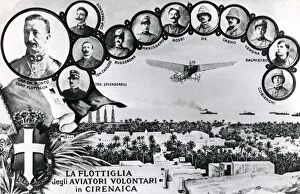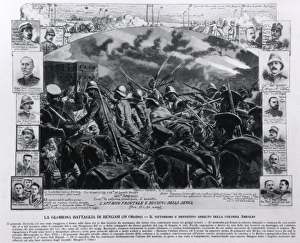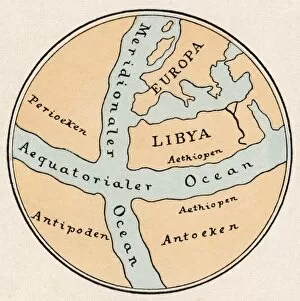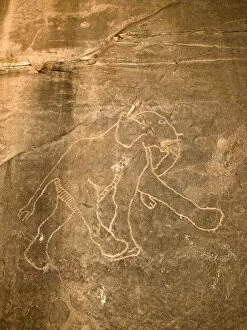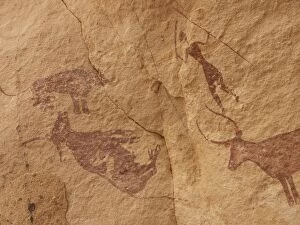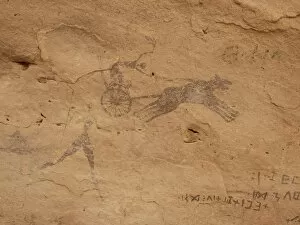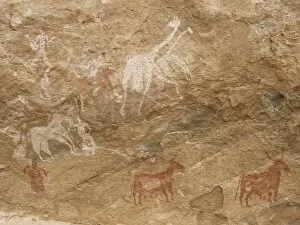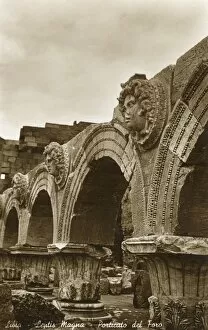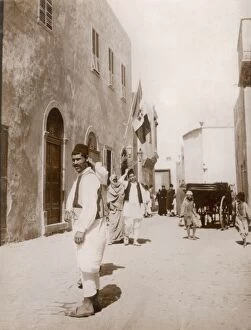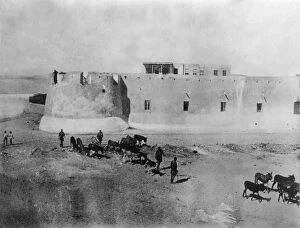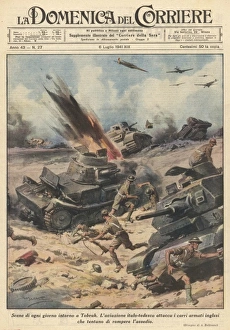Libya Collection (#28)
"Exploring the Rich Tapestry of Libya: A Journey through History, Culture, and Natural Wonders" Embark on a captivating journey through Libya
All Professionally Made to Order for Quick Shipping
"Exploring the Rich Tapestry of Libya: A Journey through History, Culture, and Natural Wonders" Embark on a captivating journey through Libya, a country steeped in history and brimming with diverse landscapes. From the political map of Africa to ancient lithographs depicting Apostle Paul's missionary journeys, this North African gem offers an enchanting blend of past and present. Trace the footsteps of legendary conqueror King Alexander the Great as you navigate his vast empire through an intricate map. Marvel at Roman mosaics dating back to the 2nd century AD, showcasing exquisite craftsmanship that stands as a testament to their advanced civilization. Immerse yourself in the grandeur of Leptis Magna's Forum of Septimius in Tripoli. Stand amidst its ruins and transport yourself back to an era when this bustling city was at its zenith. Witness modern warfare unfold as Apache helicopters take off from HMS Ocean during Operation Ellamy. A stark reminder that Libya has experienced both triumphs and challenges throughout its history. Venture into the mesmerizing Sahara Desert, where endless dunes stretch across horizons like waves frozen in time. Experience nature's raw beauty while discovering Umm-el Ma Lake - known as "Mother of Waters" - nestled within Ubari erg. Delve into Homeric cosmogony, unraveling ancient myths that shaped Libyan culture for centuries. Feel awe-struck by Islamic tilework adorning mosques across the country; each delicate piece telling stories etched into every vibrant hue. In Tripoli lies The Castle housing the Museum of Jamahariya – witness history come alive against a backdrop mirrored on a serene lake. And let us not forget Libya's place on Africa's political map – a nation intertwined with its continental neighbors yet standing proudly unique. Join us on this extraordinary voyage through Libya – where heritage meets innovation, natural wonders captivate souls, and diversity weaves together an unforgettable tapestry of this remarkable land.












